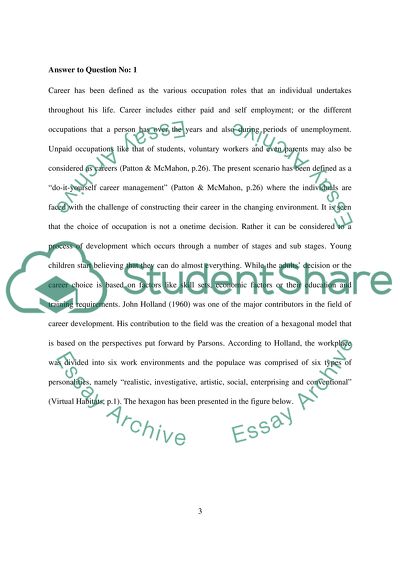Cite this document
(“Career Management Essay Example | Topics and Well Written Essays - 2500 words”, n.d.)
Retrieved from https://studentshare.org/environmental-studies/1408741-career-management
Retrieved from https://studentshare.org/environmental-studies/1408741-career-management
(Career Management Essay Example | Topics and Well Written Essays - 2500 Words)
https://studentshare.org/environmental-studies/1408741-career-management.
https://studentshare.org/environmental-studies/1408741-career-management.
“Career Management Essay Example | Topics and Well Written Essays - 2500 Words”, n.d. https://studentshare.org/environmental-studies/1408741-career-management.


